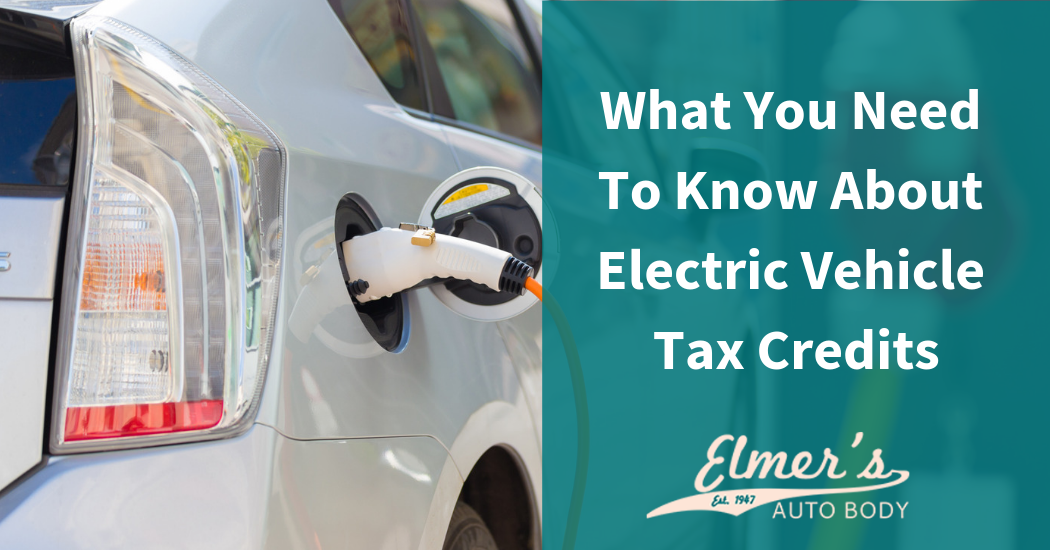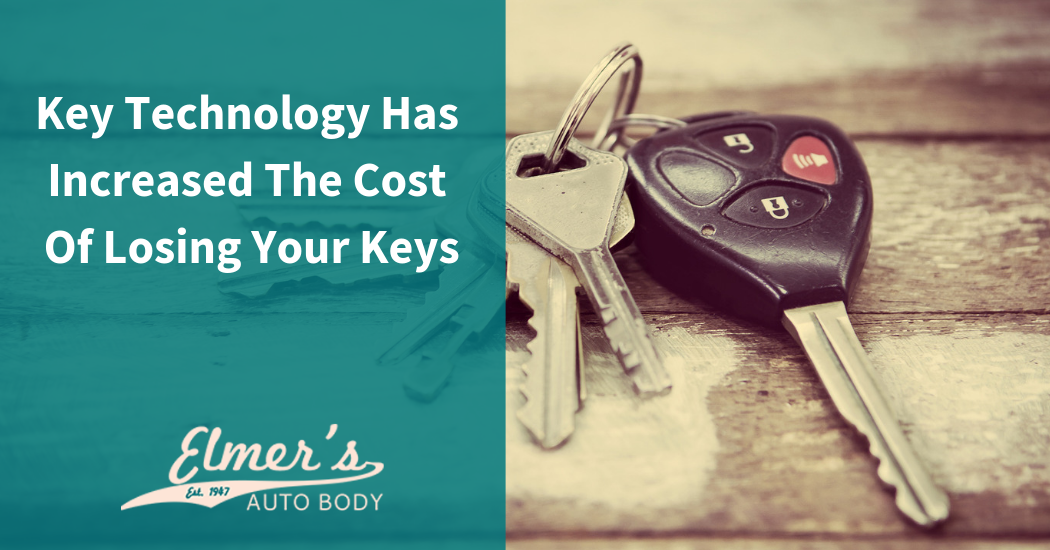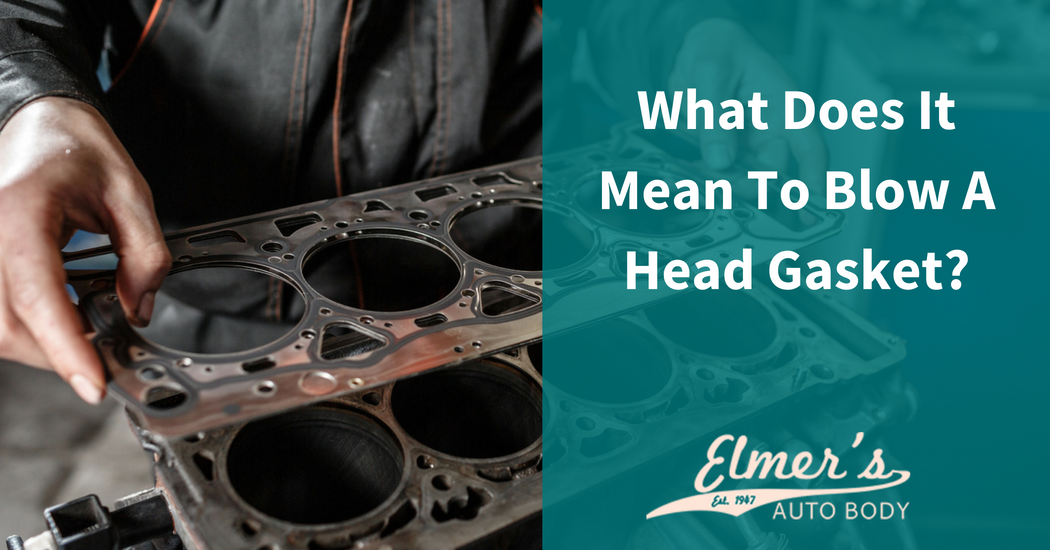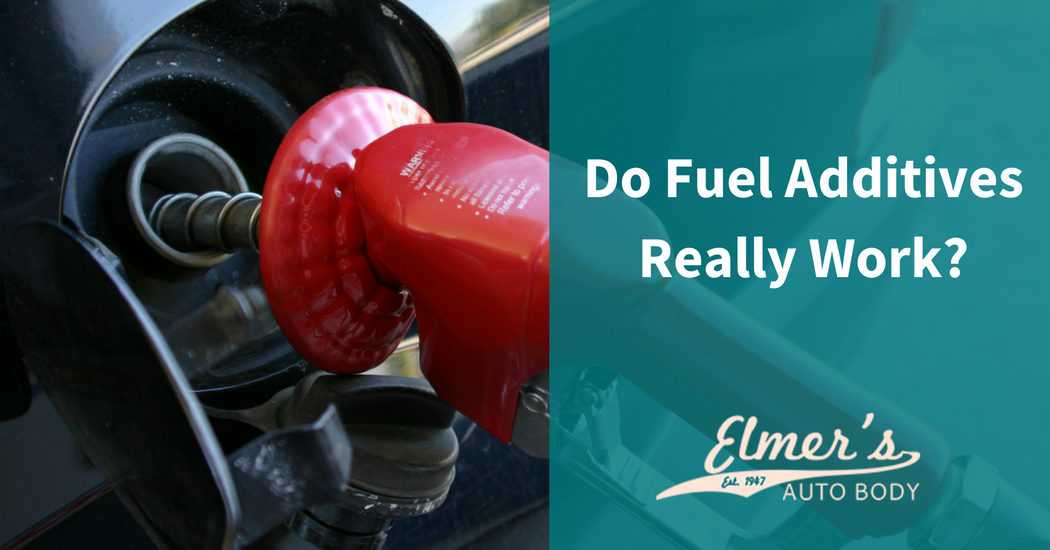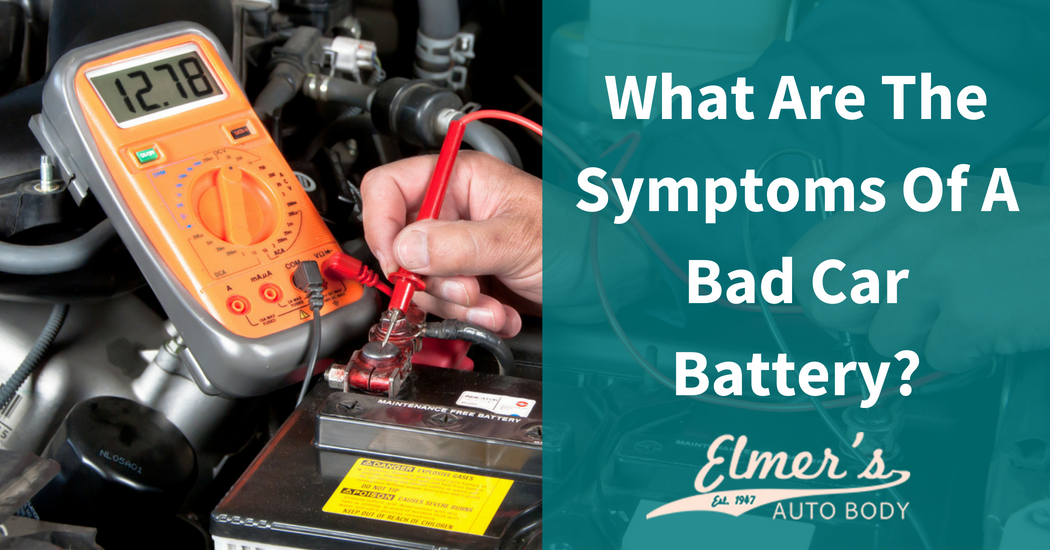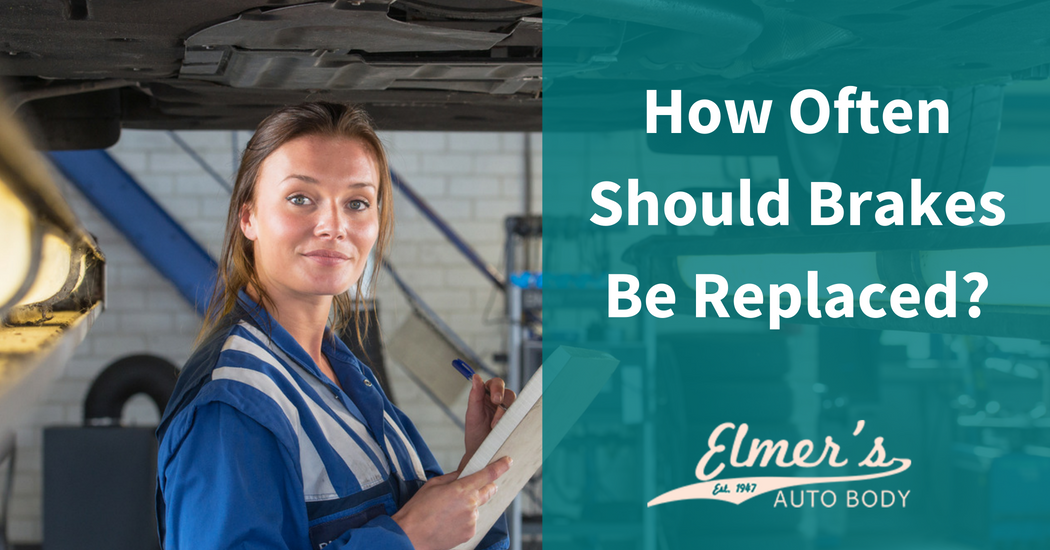Electric cars. They’ve been an artifact of “future life” since the 1950s, and there have been conspiracy theories for decades claiming that effective, powerful electric cars have been suppressed by the oil companies. Is that true? Who knows. What matters is that they’re here now, and they’re catching on. This is a good thing. Fossil fuels are expensive, dirty to extract, and even dirtier to burn.
In a surprising change of tune, there have been incentives lately to provide tax credits for electric cars, but like any tax credit or regulation, it’s confusing and overwrought. Are you unsure if your plug-in electric vehicle qualifies for these tax credits? Are you uncertain how much of a credit this earns you?
You are far from the only one. Let’s take a look at a simple guide to electric car tax credit in simple, certain terms and demystify this nonsense, shall we?
So How Much Credit Do I Get?
That’s a big question, isn’t it? They’re always so vague with “up to a certain amount” as the listing for tax credits, just as they do for savings and deals. The government is a business, and they know all the ins and outs of vague but effective marketing and wording to incentivize we unwilling customers.
But, truth be told, “up to” does have a significance as an upper bound limit, but also as criteria to qualify. Generally, the flat rate is up to $7,500 but, that’s only the case if your taxes add up to this amount or more. If there isn’t sufficient tax cost to deduct, you can bet the government’s not going to give away funds.
It gets more complicated depending on how you obtained your vehicle. If you bought it flat out, then this arrangement is between you and the federal government, which minimizes the complication and variables present.
However, if you’re leasing your vehicle, the lease provider/dealership is the middle man, and you can expect your tax credit to be reduced. They too have their fingers in the pie. Finally, your battery capacity also affects the quality of this credit, with a higher battery capacity (requiring fewer recharges) netting you a significantly higher percentage in tax credit.
The Fine Print
So, surprise, surprise, there are various bits of fine print and legal provisos that have an effect on this as well. It’s not entirely devastating, but being aware of these going in will help prevent surprised.
- Battery packs must rate at least 4 kWh to qualify.
- Vehicles being purchased for resale do not qualify.
- The vehicle must be used in the USA.
- Only qualified manufacturers qualify.
- If you’re leasing, the lender/dealer can intervene and cap your credit.
- The IRS has a strict set of criteria and qualified manufacturers that may or may not include your model or some component in it.
- The IRS is an evil organization, and they can reject your claim on a whim.
Do These Run Out?
Oh yes, they certainly do. This tax credit is an incentive to put more electric vehicles on the road, in an effort to gradually phase out internal combustion over the course of this century. As more of these vehicles are purchased, these credits will diminish in scope, and eventually become unavailable entirely.
Can These Be Passed On?
This has a simple answer, unlike most of this. No, they cannot be passed on. If you gift an EV, or resell it, the tax credit is null and void, and the owner will almost certainly be unable to place a new claim.
What of Hybrids and Clean-Diesel?
These once had tax credits of their own, but due to their massive presence on the roads now, and their falling prey to obsolescence to true EVs, these tax credits have long expired.
State or Federal?
This depends on what state you live in, whether or not there is an additional state tax credit alongside the federal case. In the states of California, Oregon, and Washington, there are state-level tax credits provided for select vehicles. However, in some other states, this is not the case. You can make your own conclusions as to the relation of majority political alignment per state, with which ones most incentivize these clean technologies.
Some programs out there do provide interactive maps to show where these overlaps exist.
Fuel Cell Cars?
Sorry, no. Unless you bought your vehicle before January 1, 2017, you are not eligible for tax credits on hydrogen cell vehicles.
To learn more about these tax credits, and see some specific examples of credit returns for specific prices and vehicles, fill out our contact form below.

